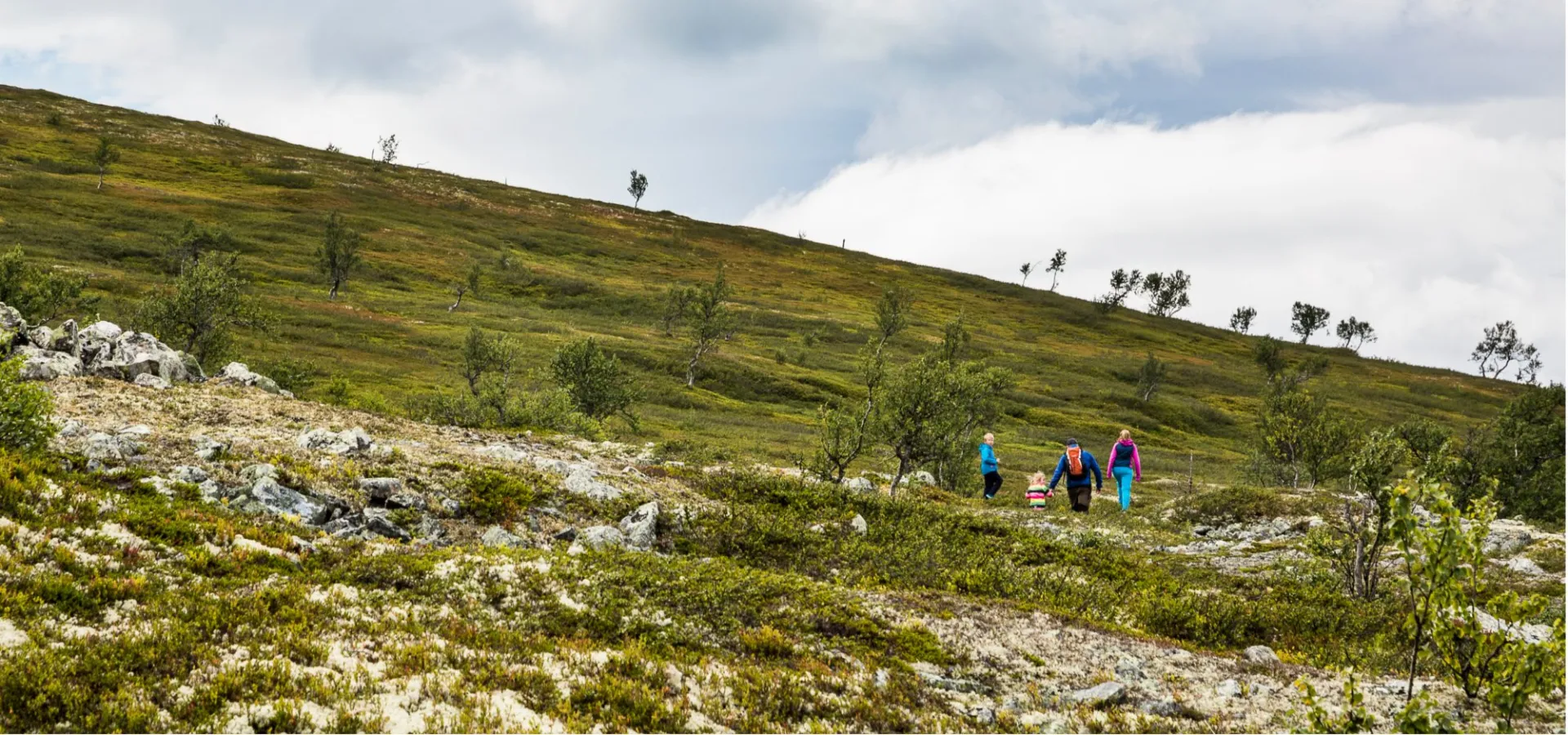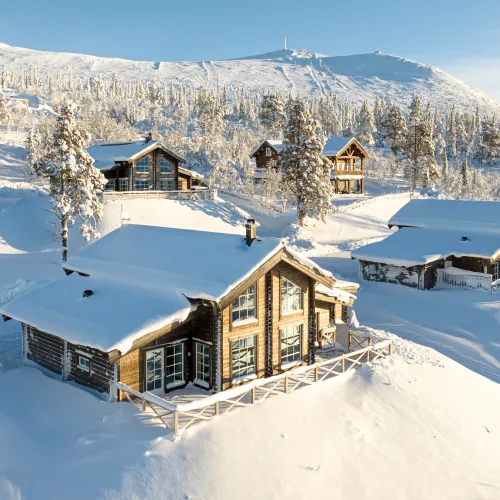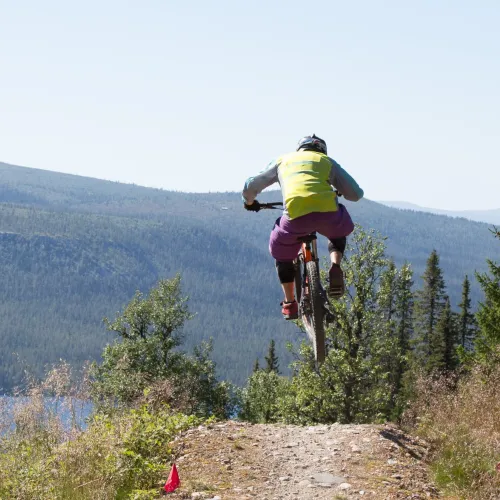Hiking in the mountains is all about realxing and to take in the nature. To get as much enjoyment as possible it is important to think about what you pack in your backpack and what clothes you should wear.
How much you want to wear, eat, what you have for equipment, the weather of the day and the length of the trip affect what you're bringing with you. In the backpack you should always have extra clothes to be prepared since the weather can be changing rapidly. Here are our tips on packing list for day trips and longer mountain hikes.


